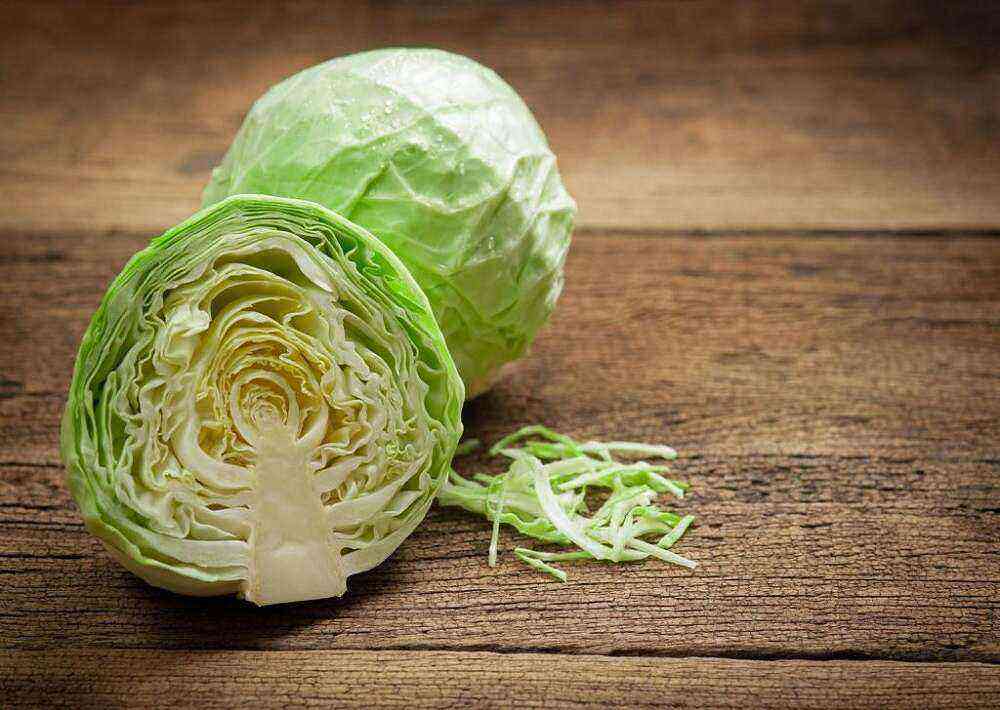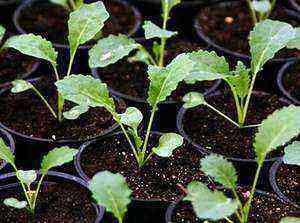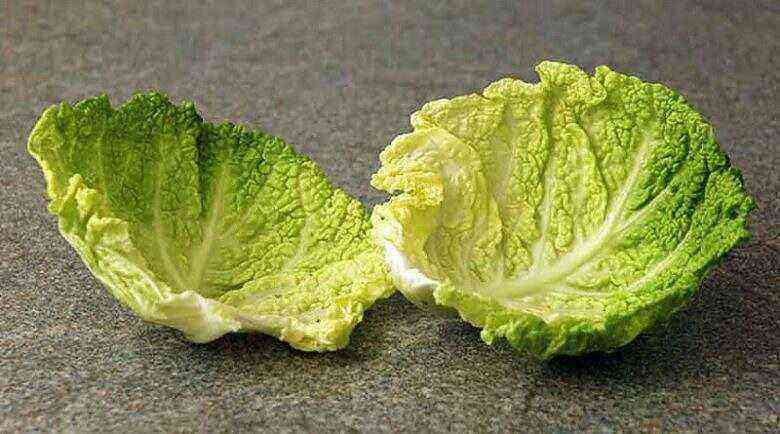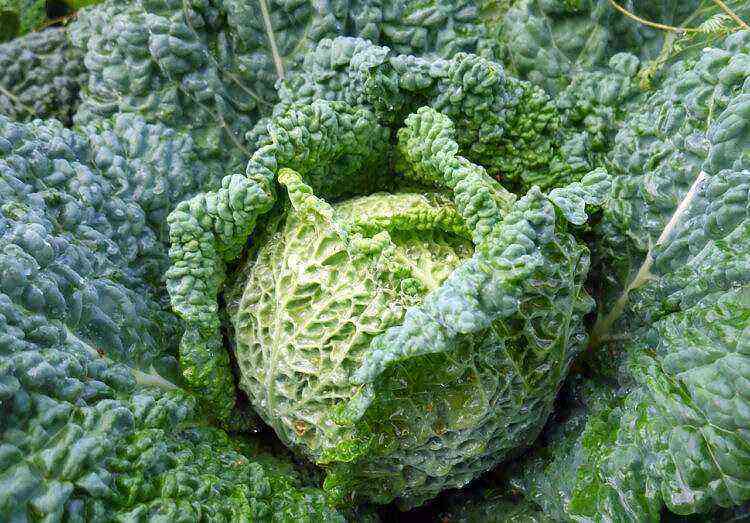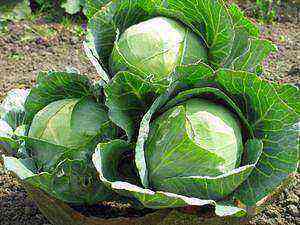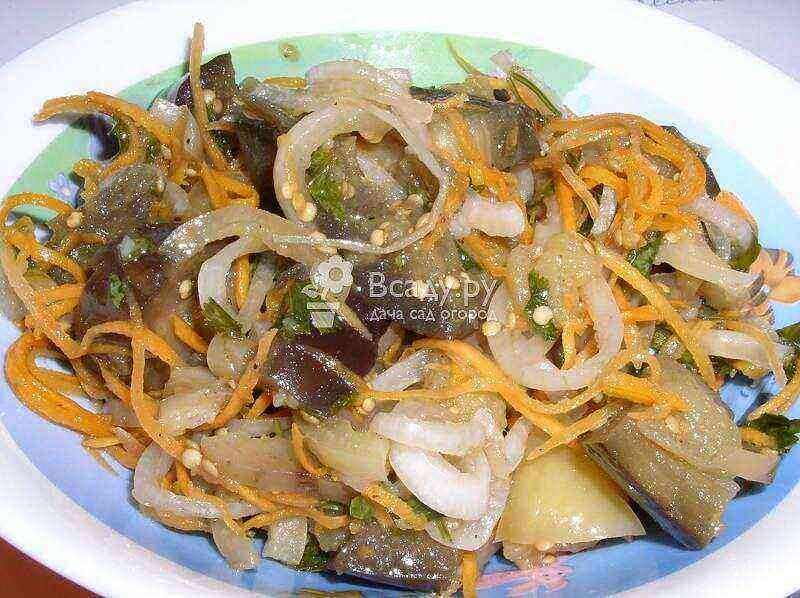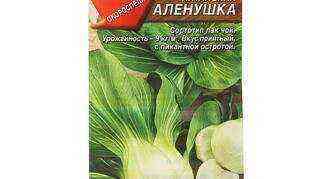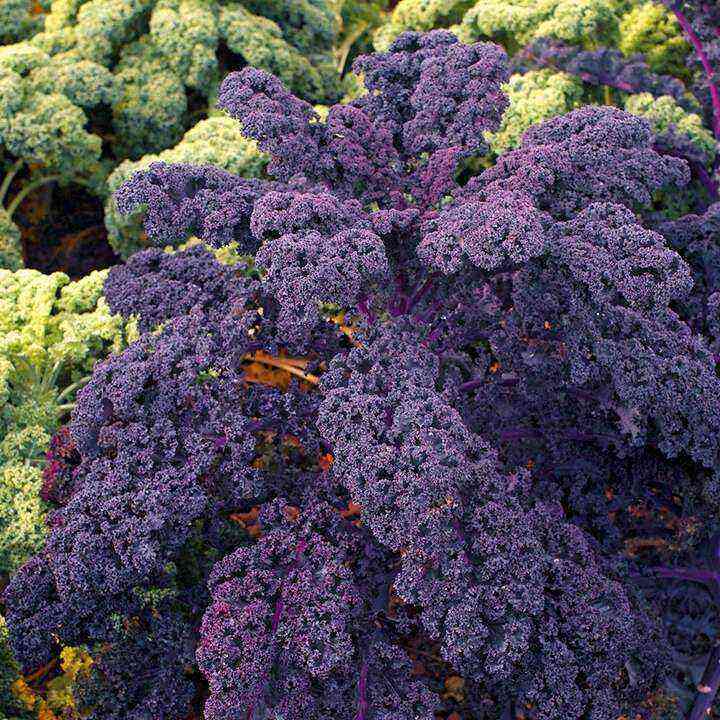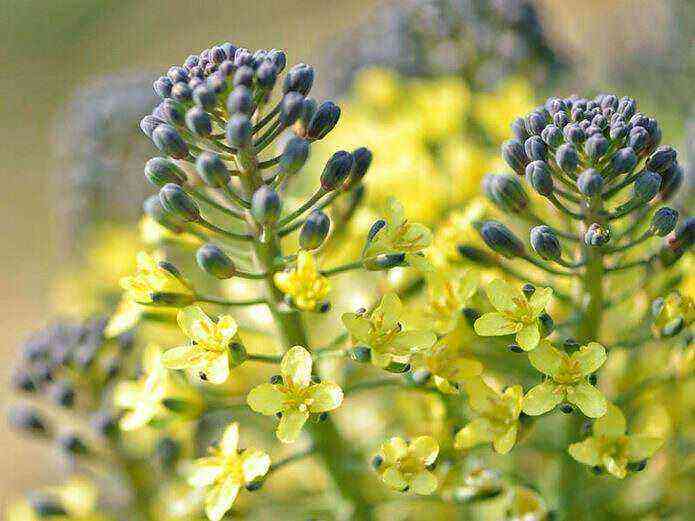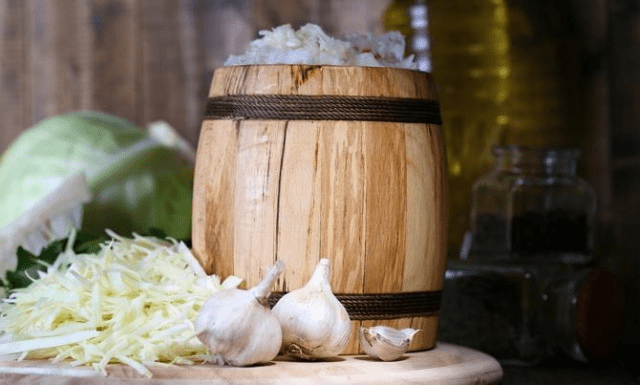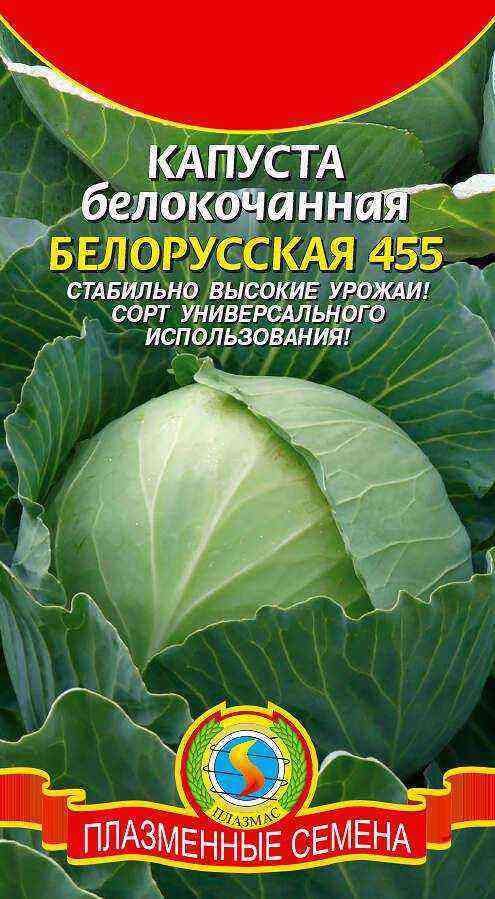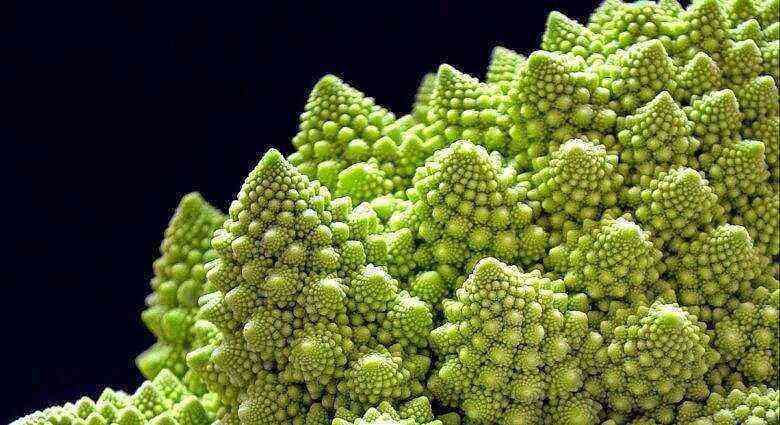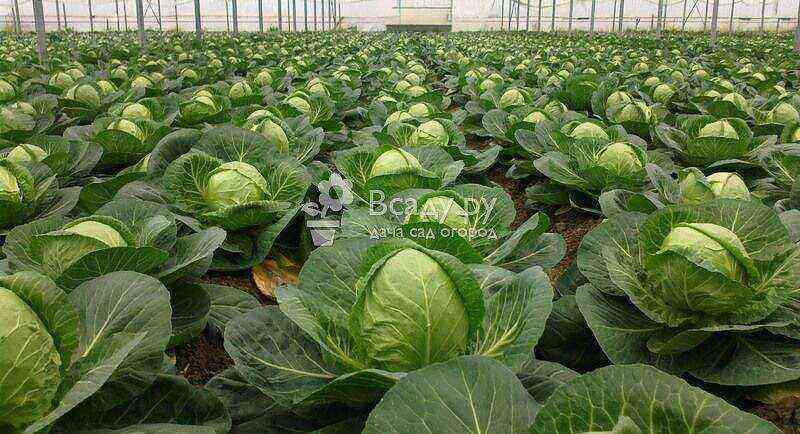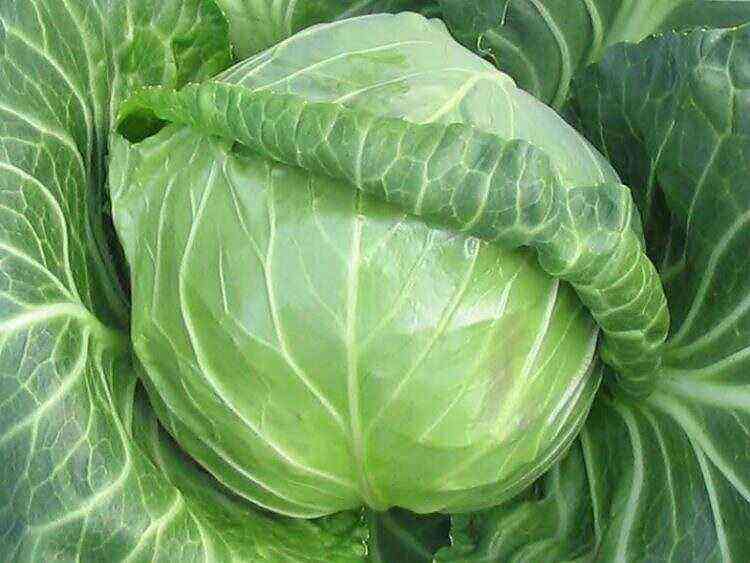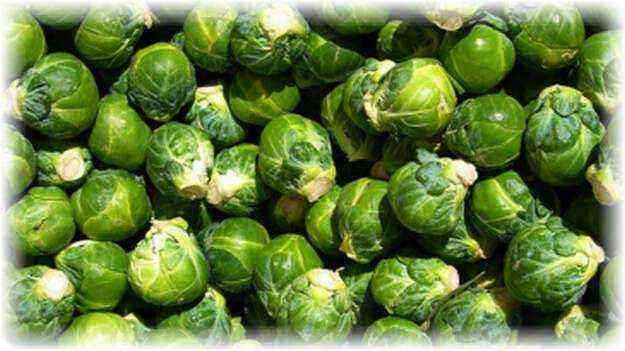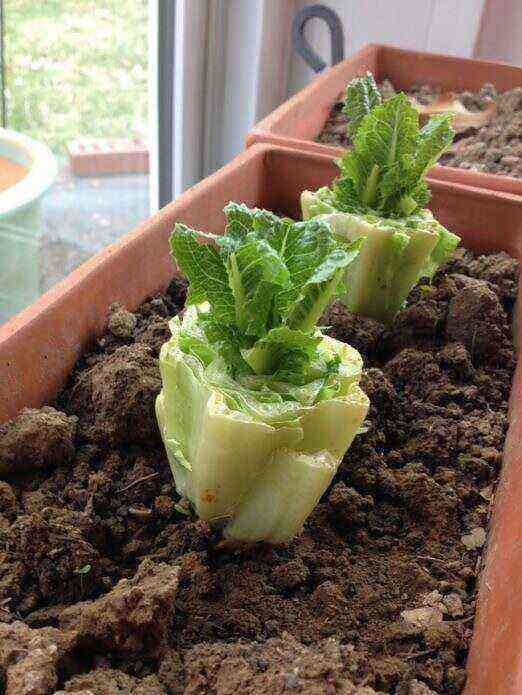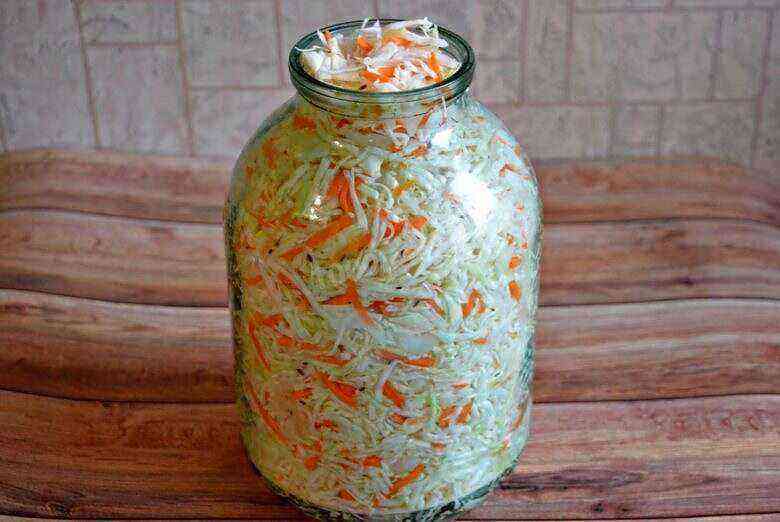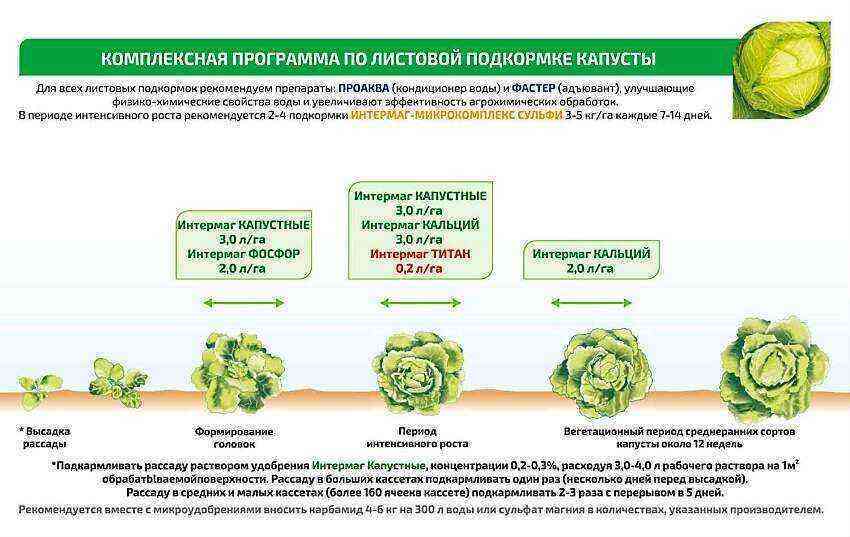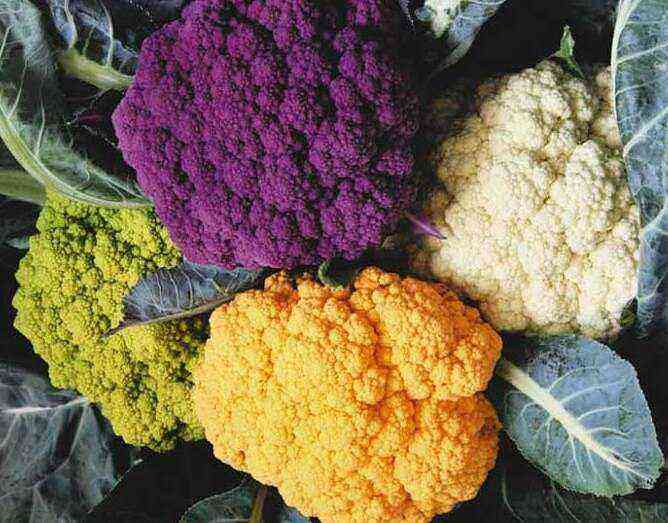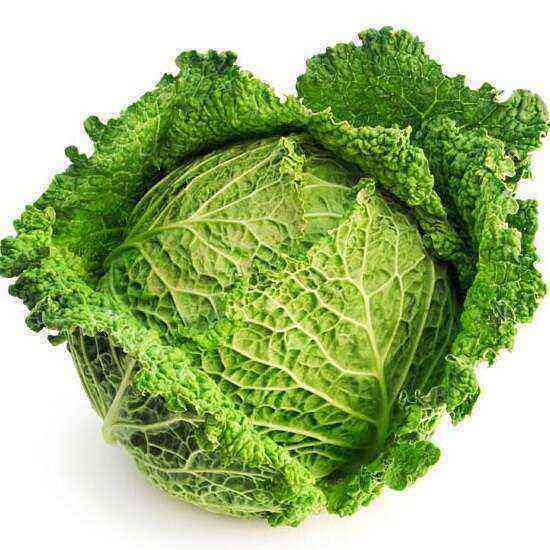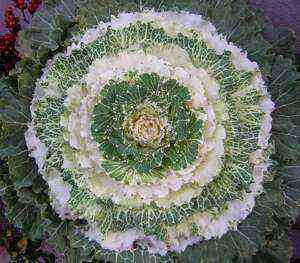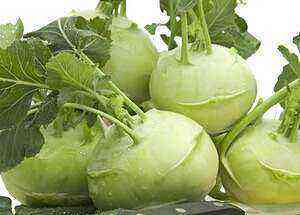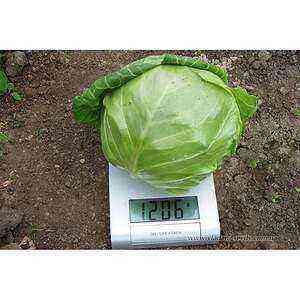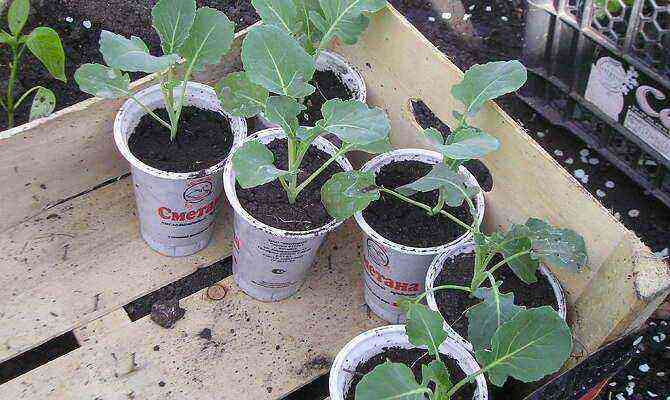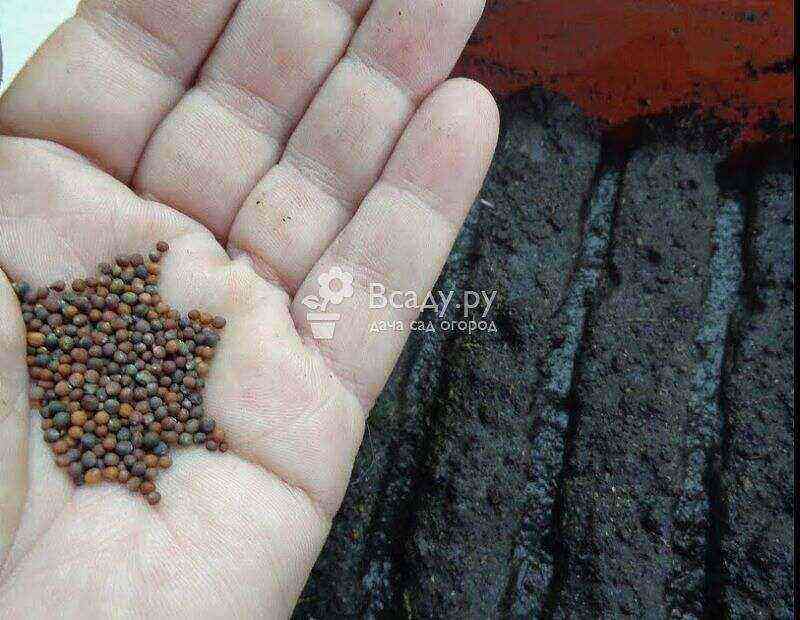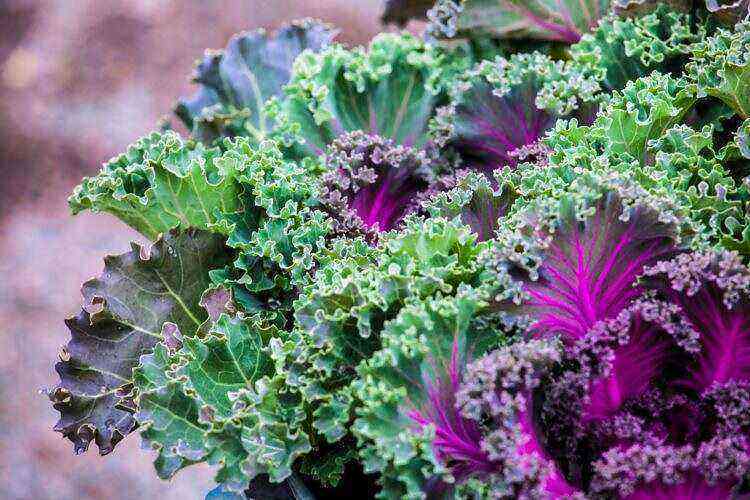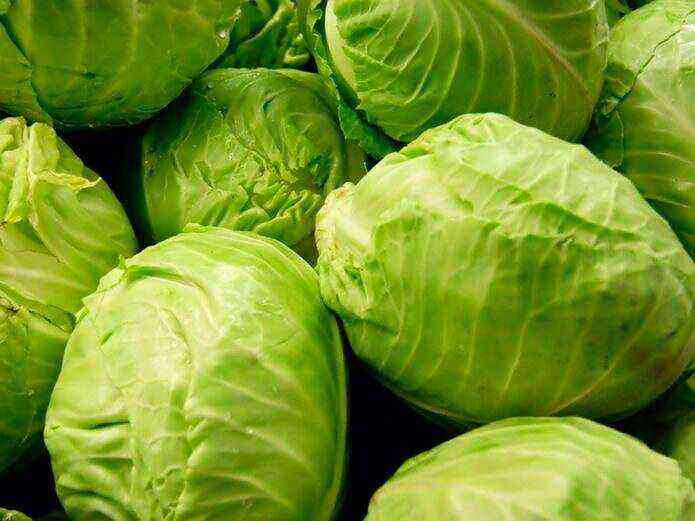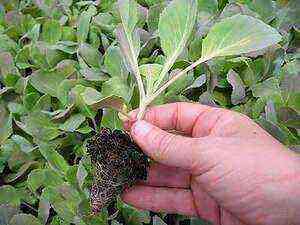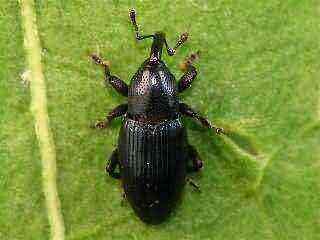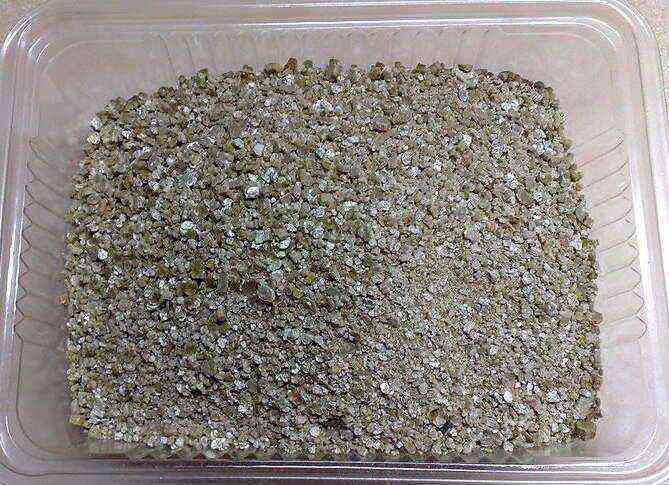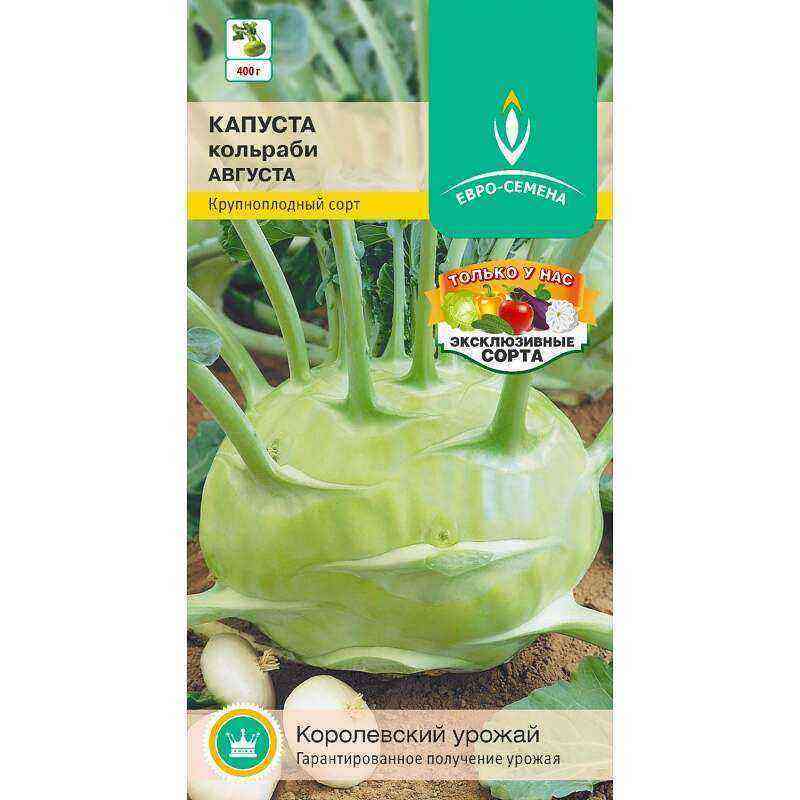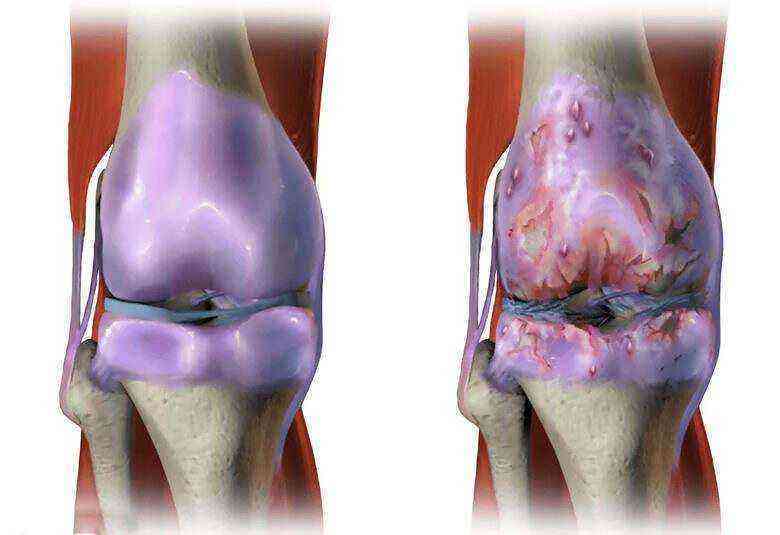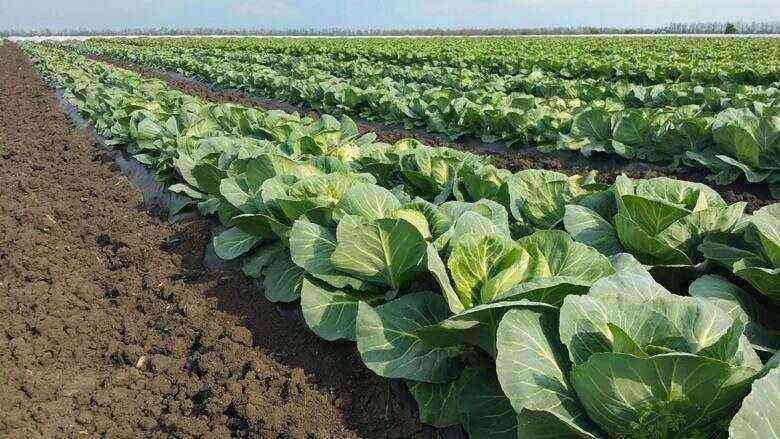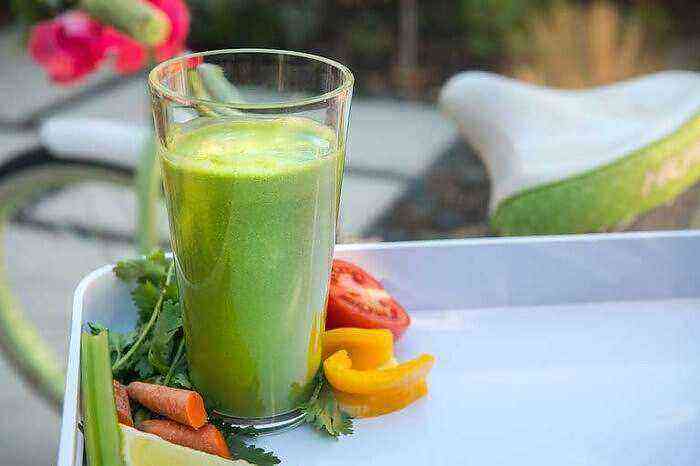Nutritious and healthy broccoli resembles cauliflower in appearance, but differs in color, taste and the location of the inflorescences in the head. An excellent food product is easily grown in a subsidiary farm with your own hands, the benefits to the body only increase if you do not stuff it with fertilizers and chemistry.
The broccoli variety is not a gift from nature, but is the result of the work of breeders back in 6-7 centuries BC in the Mediterranean countries. This asparagus species has been cultivated for centuries in ancient Rome; it gets outside the borders of Italy centuries after its introduction to Byzantium, from where broccoli seeds are transported around the world. The name broccoli is taken from the language of the indigenous Italian people, which means “a flowering branch of cabbage”. After spreading around the world in everyday life, it is called Italian asparagus, and the Germans give it the nickname brown head.
Nutritional Benefits
The nutritional value of the product puts it on a par with protein foods such as meat. Complete proteins and a large amount of fiber that make up cabbage contribute to the rapid saturation of the body, the substances are easily broken down and absorbed by the gastrointestinal tract. Thanks to high in vitamin U, the product actively fights stomach ulcers, duodenal ulcers and colitis.
Broccoli has an antioxidant effect in the body, due to its ability to bind free radicals and remove them outside the human body. This feature makes the plant one of the well-known and demanded products on the European market. Vegetables are gaining popularity as a complete component of a healthy diet.
- In terms of the content of ascorbic acid (vitamin C), broccoli occupies one of the leading positions among plant foods. The body receives a daily intake of vitamin, if a person consumes only 100 g of a vegetable, this is enough to support the body’s immunity.
- The high content of calcium (4,5%) by volume strengthens bone tissue, solves the problem of cramps, promotes active growth of hair and nails.
- Vitamin A improves vision and improves the condition of the skin; it contains 12,5% of it in cabbage.
- Iron, of which the product contains 4,5%, increases hemoglobin, reduces blood clotting, thereby curing vascular thrombosis.
- In addition to these important vitamins in broccoli, vitamins B1, B2, B6, K are found, folic acid and amino acids are found.
- Potassium, phosphorus, sodium, magnesium, selenium, iron, zinc, manganese and other trace elements make the vegetable a real champion among healthy foods.
Dietary food
100 g of broccoli contains only 0,3 g of fat, this amount puts it in the range of dietary products for weight loss. The vegetable is free of saturated, polyunsaturated, monounsaturated fat and cholesterol. The calorie content of the indicated portion is 34,2 k / calories. Carbohydrates make up 2,2%, fiber is 10,3%, proteins – 10,4%.
Boiled, pickled, fried and pickled broccoli is becoming popular in a variety of weight loss diets. For a vegetarian diet, it is included in various dishes. Due to the significant content of beta-carotene (provitamin A), the vegetable becomes indispensable for health-improving nutrition, is used in cosmetology, as a beauty diet.
Caution in use
Doctors do not recommend cooking with broccoli for gastritis with high acidity. A malfunctioning pancreas also does not accept this product, increased acidity of the vegetable causes a complication of the disease. You cannot use a decoction in which cabbage is boiled for cooking, a certain amount of the harmful substance guanine passes into it, which causes a slight poisoning of the body.
Broccoli varieties
The unusual shape of broccoli, created by the large number of plant cones arranged in a spiral, makes it popular with consumers. Each variety of cabbage differs in color, density and yield.
Early grades
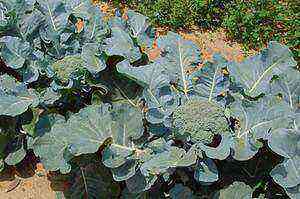
High-yielding hybrid with early harvest Laser F1. Large heads weighing about a kilogram, dense, green in color. Very hardy variety, not afraid of bad weather conditions, it is possible to grow the species at low daytime temperatures.
The Curly Head variety is an early species that bears fruit three months after germination on the surface. Differs in increased regrowth of lateral heads after cutting off the first central fruit. A good variety for growing in unfavorable conditions, resists the characteristic diseases of broccoli. Differs in the duration of storage without deterioration.
Another early maturing Caesar variety with good yields. Excellent storage after harvesting, firmly endures bad weather and attack of caterpillars, dark green head of cabbage weighs from 650 to 1000 grams.
Early maturing varieties, in addition to the main common ones, include the names:
- Vyarus, the color is gray-green, has an average density, bubbly leaves form a horizontal rosette, has excellent taste;
- Green Sprouting of dense consistency, resistant variety;
- Emperor F1 ripens on day 80, large dark green heads weigh up to 1000 grams and are dome-shaped;
- Comanche – a variety that is resistant to growing in hot and cold weather, yields equally regardless of the weather;
- Corvent F1 blooms very early and yields on 75-80 days, the heads of the variety are green with a shade of gray, unpretentious to care, grows without weeding and thinning;
- Summe King, when grown in cold climates, gives cabbage heads later, has a good yield;
- The Fiesta variety bears tasty fruit and does not develop lateral branches when grown in poor conditions.
Mid-season broccoli
Mid-season varieties include varieties of cabbage, ripening at 90-105 days after emergence above the soil surface:
mid-season Gnome variety with a small head, weighing no more than 500 grams, forms branches with new fruits that weigh up to 200 grams, cultivation takes place under normal conditions and at cold air temperatures;
- dense heads of the Calabrese variety weigh up to 400 grams and are grown in cold climates;
- Linda has an amazing taste, the bluish-green fruit weighs 300-450 grams, forms many lateral heads;
- the Monterey hybrid belongs, rather, to the mid-late varieties, has an unusual bumpy surface of the head of a gray-green color, a ripe fruit weighs from 500 to 1900 grams, develops well and grows in an unfavorable climate, does not form branches after trimming the first top;
Late ripening broccoli varieties
These include types of cabbage, the heads of which can be cut off. after 110-115 days of ripening, their cultivation is less common than early and mid-season varieties:
- late-ripening Continental variety with a bumpy dense surface of the head, bright green color, weighing up to 550 grams, has a good taste;
- the late variety Laki F1 yields a harvest later than 110 days, fruiting lasts a long time, the plant tolerates bad weather well.
- Marathon F1 features a large head, weighing up to 1 kg and a raised rosette.
Growing seedlings

Before growing seedlings, attention is paid to seed treatment. To begin with, sorting is carried out, separating large, viable samples. The seeds are soaked in a solution of potassium permanganate for one hour, re-soaked in a growth stimulator, then ventilated in the air until they are semi-dry. Treated seeds are characterized by increased germination, and young shoots develop better. In a separate spacious container, the seeds are buried 1 cm into the soil. Seedlings are watered with water with dissolved fertilizers containing molybdenum and sulfur.
After the appearance of the fifth leaflet on the breakthrough sprout, the seedlings are carefully transplanted into the soil, in time for planting in the ground coincides with the beginning of May or the end of April… Seeds are planted in well-soaked soil. If there is a threat of spring frosts, cabbage will tolerate them with dignity, since almost all varieties are not afraid of low temperatures when grown. Plants are planted in a garden bed at a distance of 50-55 cm from each other between rows and 30 cm in the neighborhood.
Sowing broccoli directly into the soil
When sown in the ground, the seeds are spaced from each other at a distance similar to seedlings, without thickening the planting, crowding leads to a poor and weak harvest. The seeds are not buried more than 2 cm into the soil, which is thoroughly moistened until wet. After watering, each planted seed is covered with a cut plastic container up to 5 liters in size. They remove it when on each sprout 4-5 leaves grow.
Watering plants
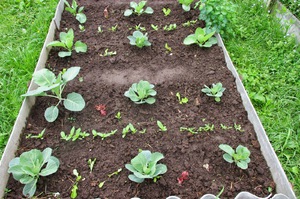
Feeding
Caring for broccoli involves two stages of fertilization during the entire growth period during the growing season. Top dressing is a prerequisite for growing a rich harvest. Seedlings planted in the ground, first time is fed after 14-15 days, for fertilization use a solution of manure (mullein). Take one glass or 10 grams of manure per 200 liters of water, add a teaspoon of urea. Plants grown directly in the ground are fed for the first time only 20-21 days after germination above the ground.
The second feeding is done with a solution of potassium-phosphorus fertilizers, diluted according to the instructions for the tool. This stage of fertilization is not skipped, since due to the lack of phosphorus, the cabbage heads grow small. The second fertilizer is applied 15-21 days after the first. If they make another top dressing at the end of summer, then they try to add a minimum of nitrogen, remembering that the lack of phosphorus and potassium affects the yield. It is more convenient to purchase ready-made fertilizer in specialized stores.
Weeding broccoli
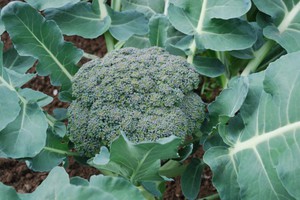
Ripening and harvesting
The timing of cutting the heads depends on the early maturity of the variety, the time of planting and caring for the plant. Harvesting cannot be delayed indefinitely. If the central fruit is not cut off in time, then the lateral branches give lean extra heads, and flowers followed by the formation of pods (fruit with seeds). If the timing of cutting the central head is not missed, then new fruits of a smaller diameter and weight are cut off after two weeks. It is impossible to store cabbage heads without cooking for a long time. They are set aside for a maximum of 10 days before cooking or frozen.
As a result, we can say that growing and caring for broccoli does not require much effort, especially since a very tasty, healthy and healthy vegetable is purchased in return.
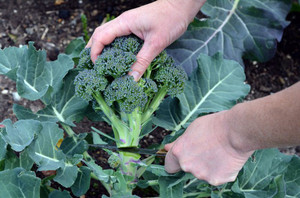 mid-season Gnome variety with a small head, weighing no more than 500 grams, forms branches with new fruits that weigh up to 200 grams, cultivation takes place under normal conditions and at cold air temperatures;
mid-season Gnome variety with a small head, weighing no more than 500 grams, forms branches with new fruits that weigh up to 200 grams, cultivation takes place under normal conditions and at cold air temperatures;